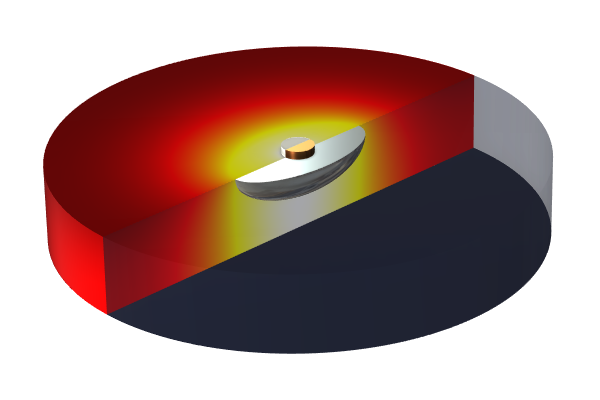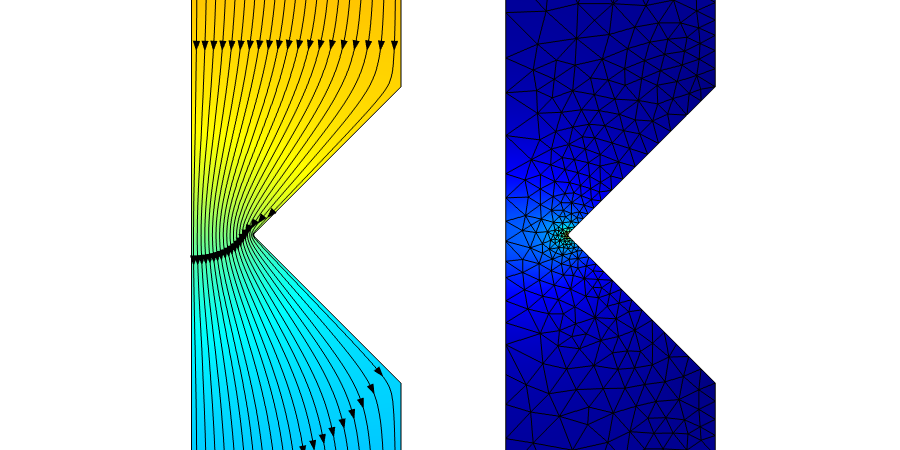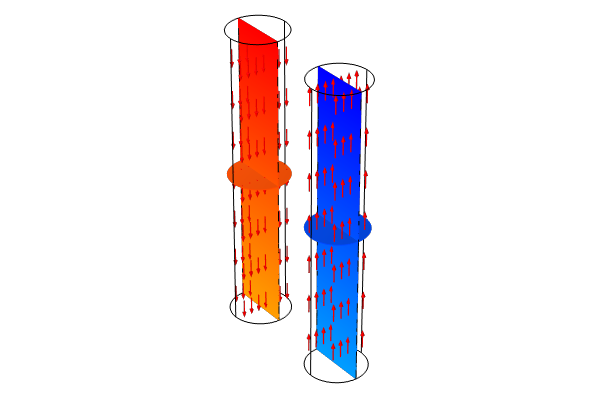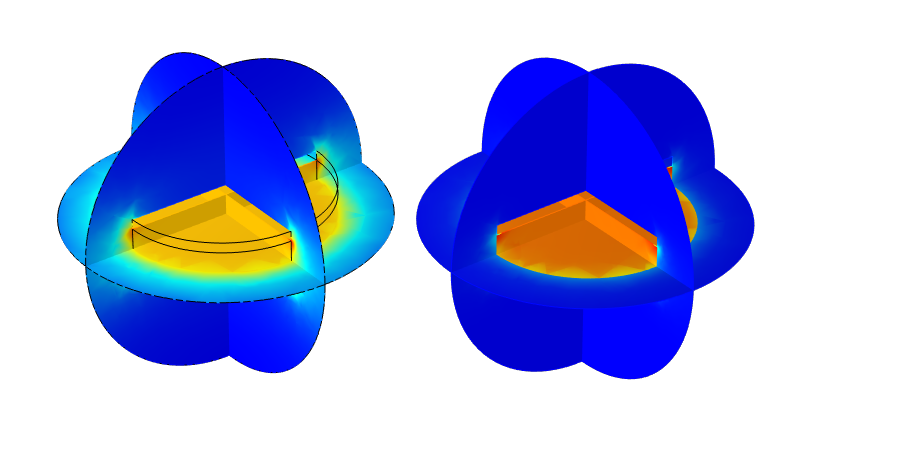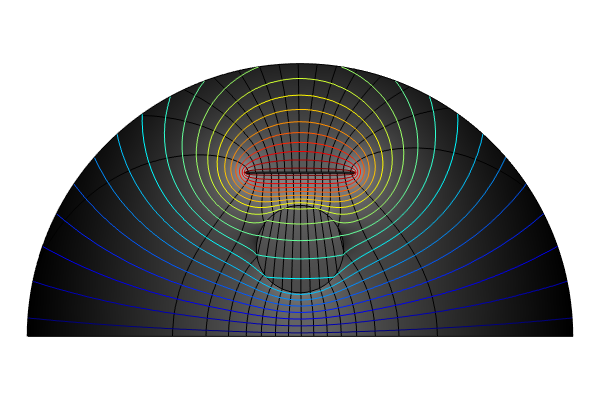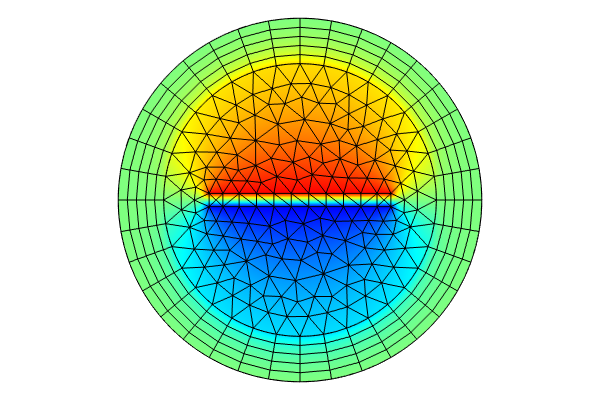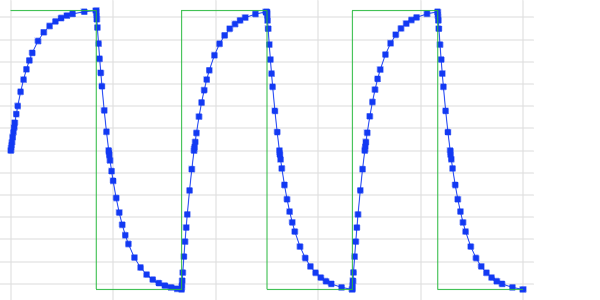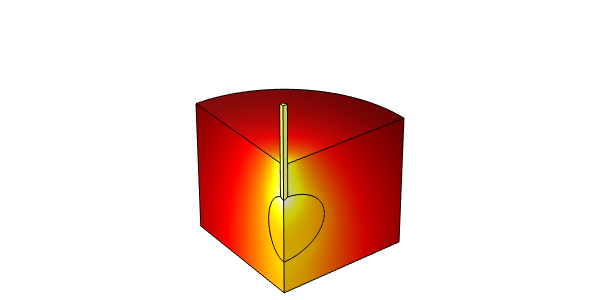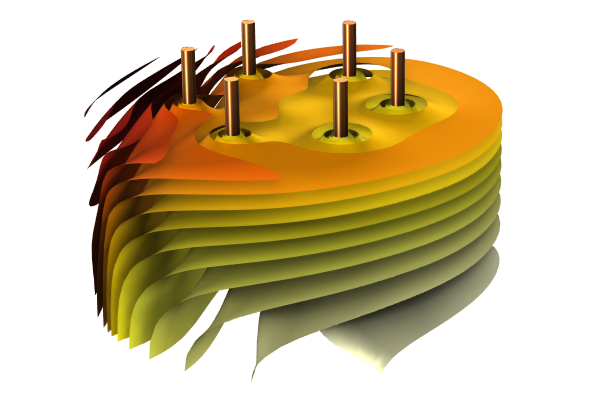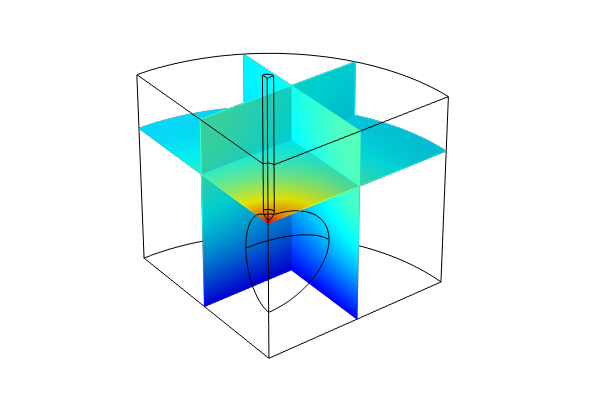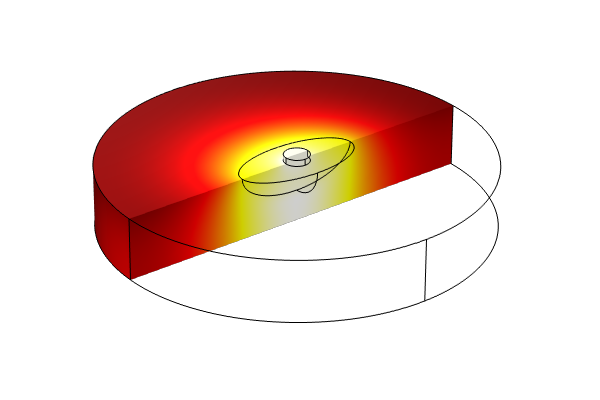Introduction to Modeling Joule Heating with Nonlinear Materials for Resistive and Capacitive Devices
In Part 7 of a 10-part course on modeling resistive and capacitive devices, you will learn about modeling Joule heating with nonlinear materials for these types of devices. We start with an overview of the type of model that we will build during the lecture, which is that of a device you would want to heat up, such as an electric circuit with a current source. When defining the physics for the model, we explain how the physics interfaces are coupled in the Electromagnetic Heating multiphysics coupling node. After computing the model, we show you various ways that you can postprocess the results and evaluate specific quantities to help visualize and understand the Joule heating effect occurring in the device.
We also discuss and demonstrate the different types of thermal boundary conditions that can be added to these types of models involving Joule heating. After, we discuss tips and best practices for how to approach both defining the physics for and computing these types of models. We then elaborate on how our multiphysics model is solved, discussing the order, process, and number of iterations used by the solver during and after computing. Additionally, we talk about the different options for the solvers used to compute a multiphysics problem, namely the Direct versus Iterative solvers.
Lastly, we end with changing some of the properties for the materials in our model so that they are nonlinear; in this case, temperature dependent. We also discuss the significance of using nonlinear versus constant values for your material properties in a multiphysics model.
请提交与此页面相关的反馈,或点击此处联系技术支持。

